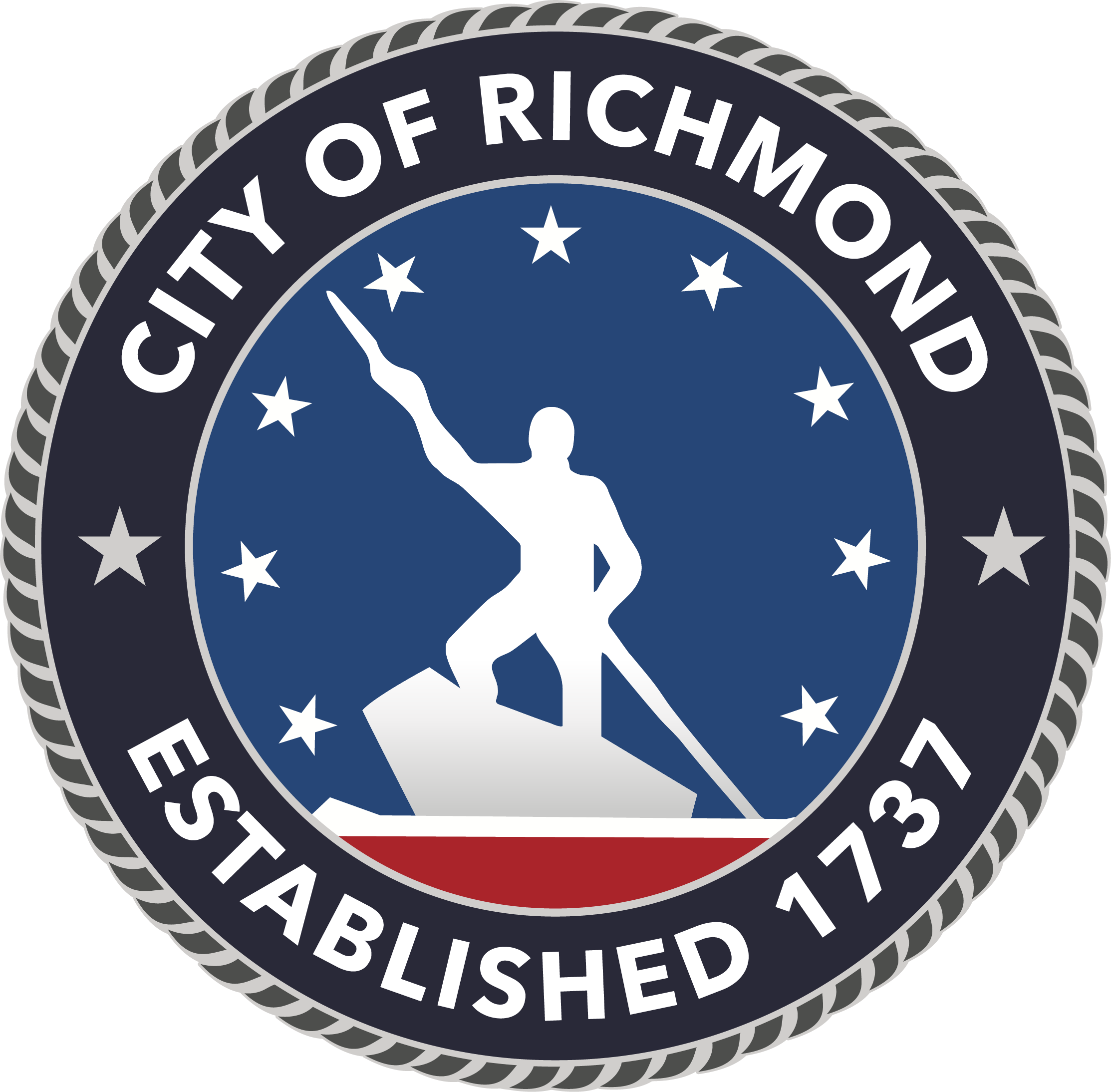BDA
Ensuring reliable in-building radio coverage for public safety agencies is a critical aspect of building design and construction in Richmond, Virginia. The city's 800 MHz Radio Trunking System, managed by the Department of Emergency Communications, Preparedness, and Response (DECPR), is essential to public safety operations.
To enhance radio frequency (RF) signal coverage within buildings, especially in areas where signals may be weak or obstructed, the implementation of Bi-Directional Amplifier (BDA) systems is often necessary. BDAs are signal-boosting devices designed to improve in-building RF signal coverage for public safety radios, ensuring effective communication during emergencies.
In Virginia, the installation and maintenance of BDA systems must comply with several codes and standards, including:
- National Fire Protection Association (NFPA) Codes: NFPA 72 sets standards for the installation and maintenance of BDA systems in buildings. Additionally, NFPA 1221 and 1225 provide guidelines for emergency services communications systems, which may apply to BDA installations.
- Virginia Uniform Statewide Building Code (USBC): The USBC, effective as of January 18, 2024, establishes minimum regulations for building construction and maintenance in Virginia. Compliance with the USBC is mandatory for all new construction projects.
While specific requirements for BDA systems in new constructions can vary based on building size, type, and usage, it is essential to ensure that these systems provide adequate coverage throughout the building, including critical areas such as:
- Fire command centers
- Fire pump rooms
- Exit stairs and passageways
- Elevator lobbies
- Standpipe cabinets
- Sprinkler valve locations
These areas are deemed critical for emergency response operations, and reliable communication within them is paramount.
Please use the below links as a guideline and reference for requirements and testing, it is advisable to consult with Richmond's Department of Emergency Communications, Preparedness, and Response, as well as the City’s Fire Marshalls office. Engaging with professionals experienced in the design and installation of public safety communication enhancement systems can also provide valuable assistance in meeting the necessary requirements.
City of Richmond Communications Enhancement System Requirements
City of Richmond BDA Inspections
Microwave Path Protection
The City of Richmond's 800 MHz radio system is a critical communication tool for public safety and emergency services. To ensure its reliability, the system employs a dedicated digital microwave network as its telecommunications backbone. This microwave network connects various radio tower sites and the central dispatch center, providing high reliability through equipment and path redundancy. Such redundancy ensures that, even in severe weather or other challenging conditions, the communication system remains operational, thereby supporting the city's commitment to public safety.
The City of Richmond's 800 MHz radio system relies on a microwave network to ensure reliable communication for public safety and municipal operations. Microwave paths are critical components of this system, providing high-quality, secure, and dependable transmission. To maintain the integrity of these communication links, it's essential to consider microwave path protection during new building construction.
Impact of New Construction on Microwave Paths
New structures can obstruct or interfere with existing microwave paths, potentially degrading or disrupting communication signals. Such interference can compromise the performance of the 800 MHz radio system, affecting public safety communications.
Guidelines for Developers and Builders
To prevent interference with the city's microwave network:
- Consultation: Engage with the DECPR’s Technology Division early in the planning stages to identify any potential conflicts with existing microwave paths.
- Site Analysis: Conduct a thorough analysis to determine if the proposed building site intersects with any microwave transmission paths.
- Design Considerations: If a conflict is identified, work collaboratively with city officials to adjust building designs or consider alternative solutions to mitigate potential interference.
By proactively addressing microwave path protection during the construction planning process, developers can contribute to the uninterrupted operation of Richmond's essential communication networks.







